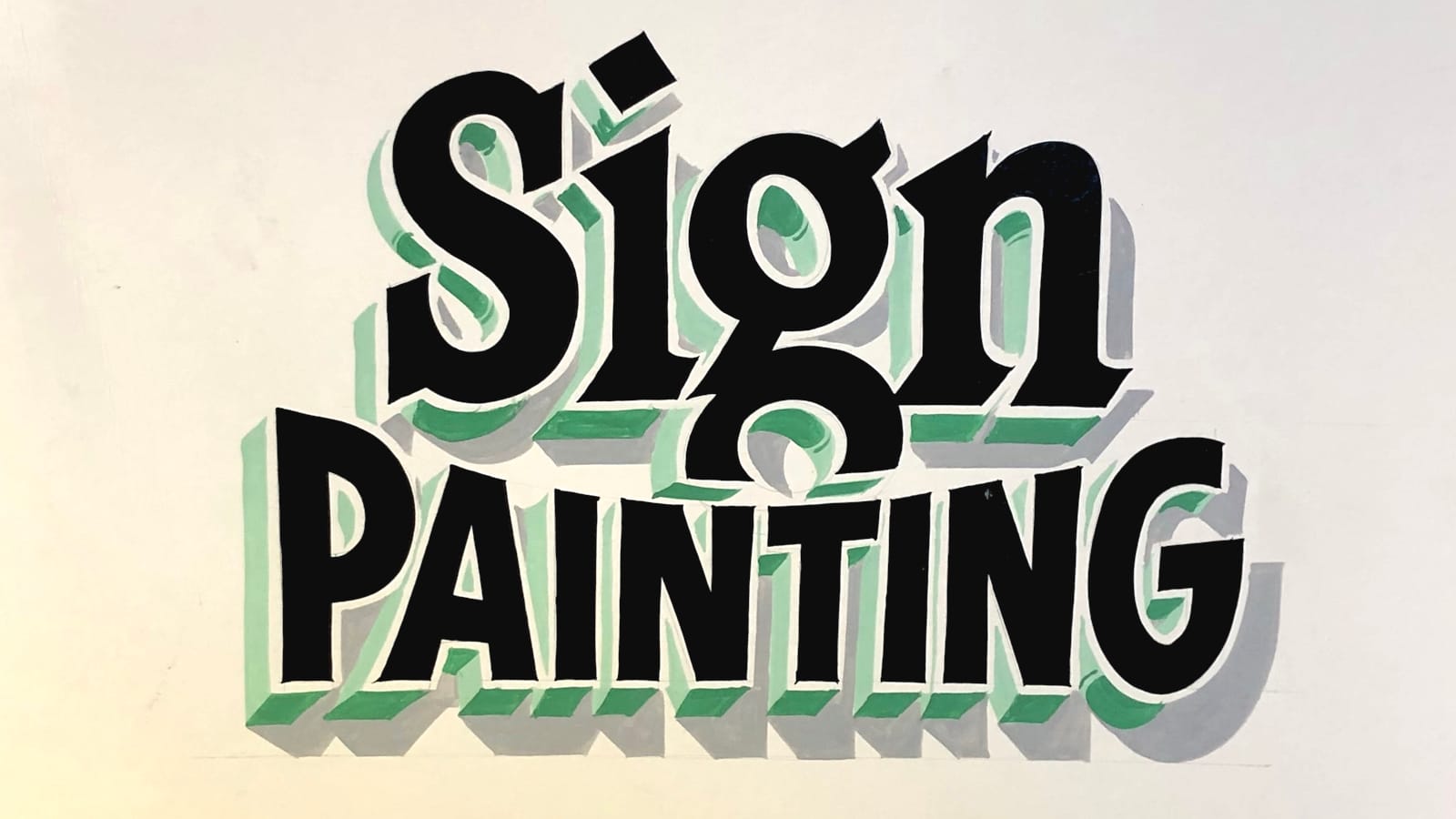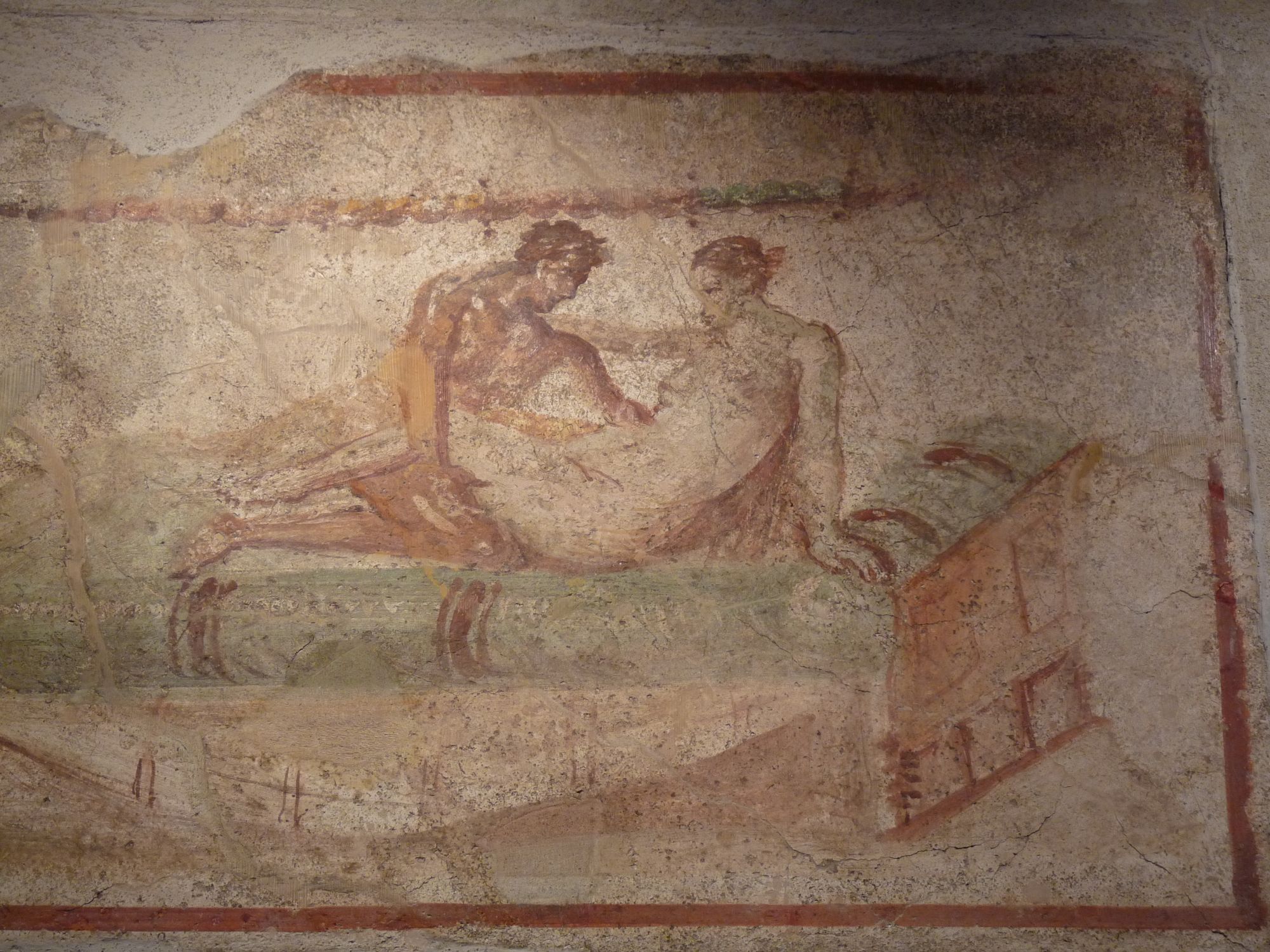What is Sign Painting? Or Even Signwriting?
Getting under the skin of the fundamental term used to describe the trade and how it's interpreted.

Mike Meyer once told me the story of some small talk he had at a border control point. The conversation went something like this:
Officer: So, what do you do for a living?
Mike: I'm a sign painter.
Officer: What's that then?
Mike: ¯\_(ツ)_/¯
Despite the very literal and descriptive nature of the term, it seems that not everyone can deduce what would seem obvious: that a sign painter paints signs. Perhaps this stems from the common misconception of sign painting as 'a dying art'; most sign painters have heard something along the lines of 'you don't see much of that about any more' while painting.
But is there more to the name of the trade, and its practitioners? The simple answer is 'no', but I thought it would nonetheless be interesting to look at its emergence, and current usage.
The Second Oldest Profession
I can't remember who quipped that sign painting is the second oldest profession, but there is a connection to the first at the ruins in Pompeii. Painted in 79AD, or earlier, this advertisement for a brothel is not the only example of commercial signage painted on walls there.

It is largely accepted, thanks to the work of Edward Catich, that Roman inscriptions were first painted onto stone using a flat brush. This brushwork also extended to pieces that were never going to be carved: painted lettering remains at Pompeii and Herculaneum in the form of commercial and political communications. So the craft does have some history behind it, but maybe 'second oldest profession' is pushing things just a little.
Painters Turned Sign Painters
Fast forward to the eighteenth century, and sign painting was once again alive and well in Britain. Pictorial painters were found painting signs, using this to provide, or supplement, their incomes. The building trades, notably painter-decorators, plumbers and glaziers, also applied themselves to the craft.